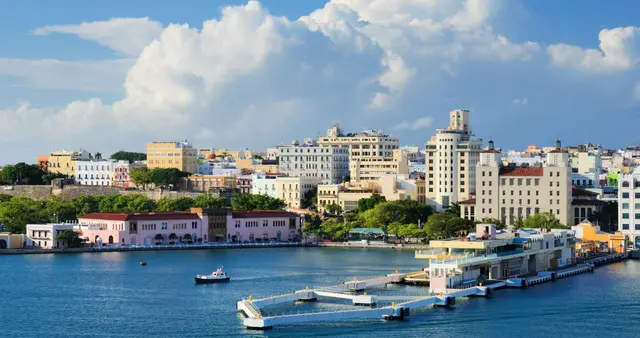Japanese authorities revealed the 250-meter-long destroyer at a ceremony in Yokohama on Tuesday, raisingeyebrows in China because it bears a strong resemblance to a conventional aircraft carrier.
The vessel was named Izumo, the same name as the flagship of the Japanese fleet that invaded China in the 1930s.The $1.2 billion Japanese-made vessel will be capable of carrying at least nine helicopters when it goes into service in 2015, VOA reported.
Great efforts were made to emphasize its defensive and humanitarian purposes, probably because the country’s constitution prohibits it from establishing any offensive military capabilities. Officials said it will be used for national defense and will enhance the Japan's ability to transport personnel and supplies in response to large-scale natural disasters, such as the devastating earthquake and tsunami in 2011.
The ship was shown to the public on the anniversary of the 1945 atomic bombing of Hiroshima, and at a time of escalating tensions with China. Although work on Izumo has been ongoing since 2009, its unveiling comes as Japan and China are locked in a dispute over several small islands located between southern Japan and Taiwan.
According to the NPR, Japan's military is collectively known as the Self-Defense Forces, a name that reflects its pacifist constitution. But in recent years, the country's leaders have shown a shift in how they view that document, which dates from the end of World War II.
Over the weekend, a Japanese official who heads an advisory panel said it will urge a reinterpretation of Japan's constitution later this year, a move that would allow the country to engage in "collective self-defense", such as attacking a nation that attacks an ally, The Japan Times reports.
"We express our concern at Japan's constant expansion of its military equipment," a spokesman for China's defense ministry told AFP. "This trend is worthy of high vigilance by Japan's Asian neighbors and the international community."
"Japan should learn from history, adhere to its policy of self-defense and abide by its promise of taking the road of peaceful development," he said.
 简体中文
简体中文

